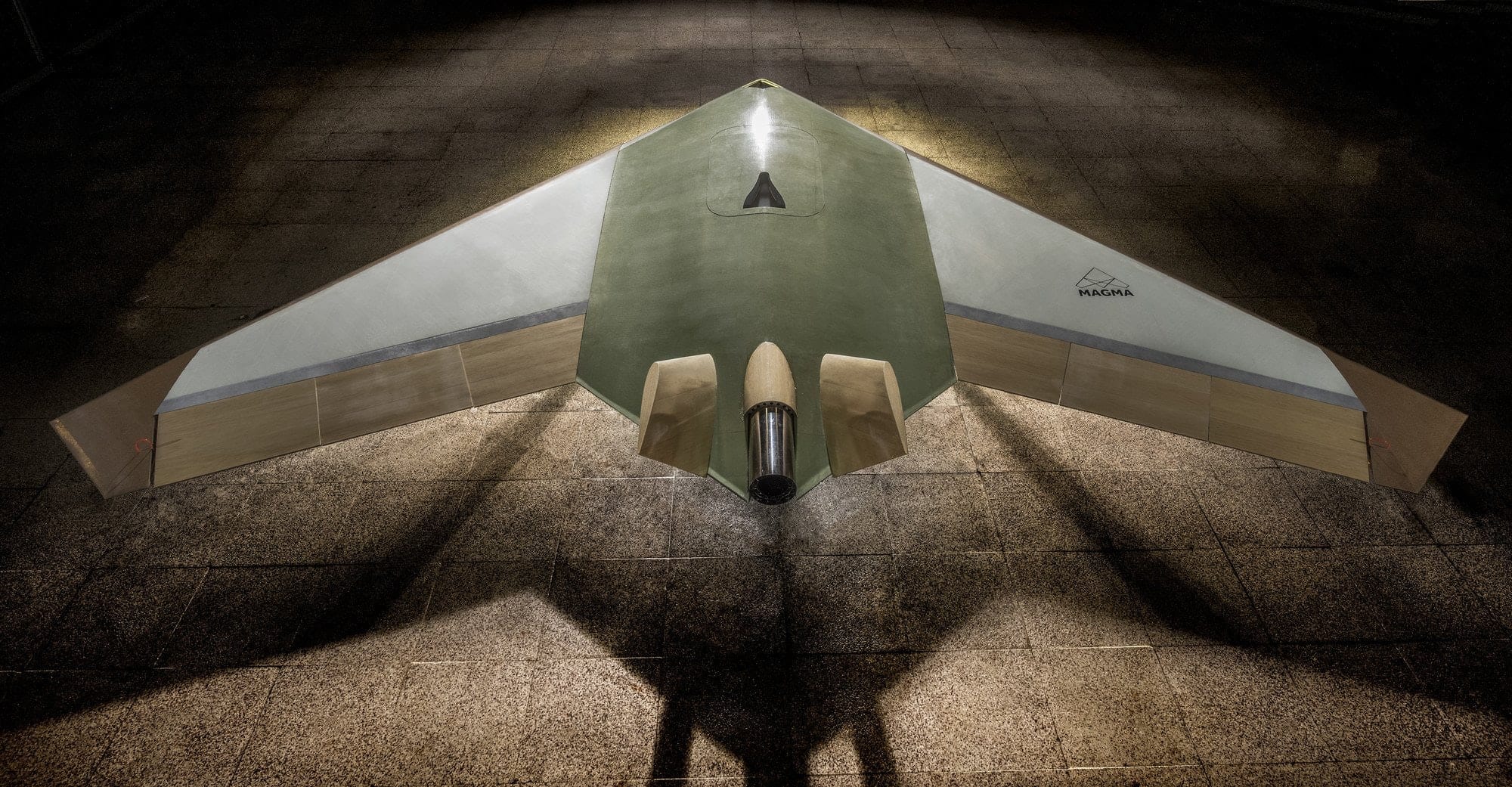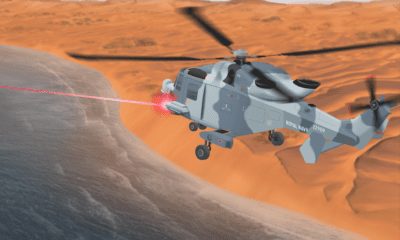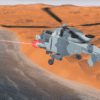Defense
BAE Systems’ Magma UAV – Lighter, Faster and Potentially Stealthier
BAE Systems, the British defence and aerospace major, has collaborated with the University of Manchester to develop a jet-powered drone that utilizes jets of air to maneuver itself instead of using conventional ‘mechanical flap’ control systems.
BAE is looking to make use of air circulation control in flying these unmanned vehicles. Initial trial flights have been successful. Successful trials could see new generation drones designed without conventional controls, ailerons and flaps.
The Magma UAV
Christened Magma, the unmanned aerial vehicle is controlled by the air blown from its single jet engine.
Conventional aircrafts utilise the movement in ailerons (the hinged surface that forms part of the trailing edge of each wing of a fixed-wing aircraft) and flaps (helps to slow down the plane and aids in landing) to deflect airflow to control their flightpaths.
Magma uses two alternative technologies to create the same impact using the air from its jet engine. The blown-air devices replace the need for mechanical flaps/ hydraulic system on flights, which add on to the weight of the craft. Removing these systems would reduce the overall weight of the aircraft, improving its control, efficiency and design simplicity. Lesser mechanical parts also imply lower maintenance cost.
https://www.youtube.com/watch?v=XhE4t9hUUv4
The Technology
During the initial test flights, researchers used two distinct technologies on the jet-powered Magma, one to provide control and the other to aid in change of direction:
- Wing Circulation Control (WCC) – uses air from the jet engine, which is blown at supersonic speed over the back of the wing to control the aircraft movement;
- Fluidic Thrust Vectoring (FTV) – blows air jets to deflect engine exhaust, resulting in change of the aircraft’s direction
The Future
The Magma is a major step towards exploring and developing adaptable airframes that improve the overall operational efficiency of the smaller aircrafts. The aim is to design the aircraft without any mechanical moving control systems.
The success of these tests could ultimately lead to lighter small aircrafts, which will improve their maneuverability and efficiency as well as lower maintenance costs. Other possibilities include sleeker designs for higher speed and increased usage in military aircrafts to aid with simpler designs in building ‘stealth’ planes.
BAE has also said that it is exploring additional technologies that can further improve the performance of UAVs. For this BAE is collaborating with the University of Arizona and NATO Science and Technology Organization.


























